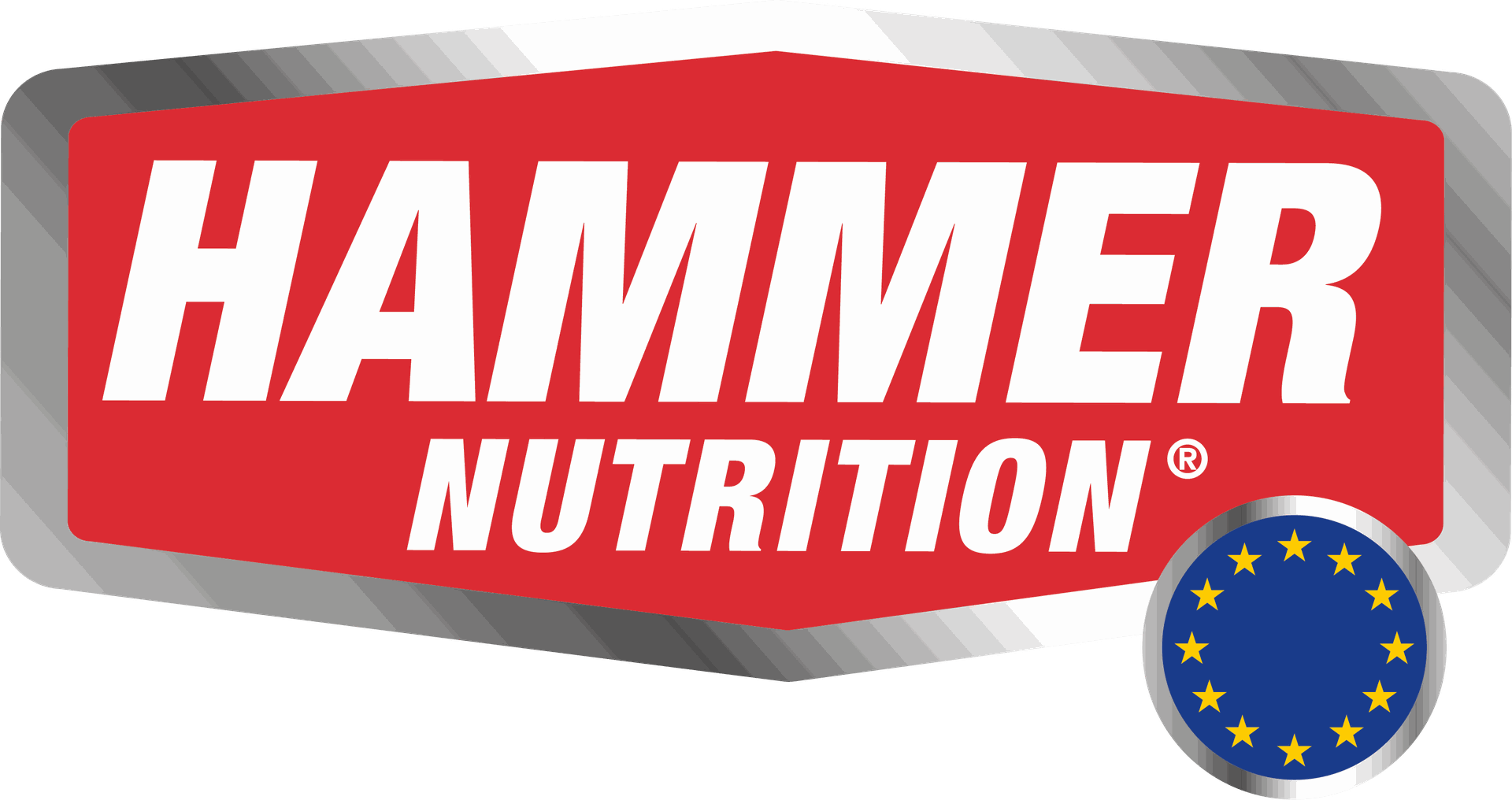|
How can the menstrual cycle affect the performance curve of women and how can this be taken into account in the training plan? You can find out about this in the sections below. Exciting to know for the woman and the man! The menstrual cycle is a hormonally controlled process that prepares the female body for a possible pregnancy. The cycle consists of different phases including the menstrual phase, the follicular phase, the ovulatory phase and the luteal phase. Each phase of the cycle can have an impact on physical performance and should therefore be considered when planning training. How can the 4 cycle phases affect your body? During the menstrual phase (days 1-5), which occurs at the beginning of the cycle, women may experience reduced physical performance due to blood loss, cramps, and fatigue. However, it is important to note that every body is different and some women are still able to continue with their normal exercise program during this stage. During the follicular phase (day 6-14), estrogen levels in the body increase and women may experience an increase in strength and energy. In this phase it can make sense to focus on strength training or intensive training. During the ovulation phase (Day 14), which occurs mid-cycle, there can be an increase in body temperature and heart rate, which can impact performance. However, there can also be an increase in endurance and the ability to recover, meaning it may make sense to opt for longer periods of cardio or high-intensity interval training. In the luteal phase (day 15-28), which occurs at the end of the cycle, you may experience increased fatigue due to increased progesterone levels. However, there may also be an increase in fat burning, which means it may make sense to go for cardio or low-intensity training. How can the menstrual cycle be integrated into the training plan? The goal should be to get the most out of the phases while avoiding injury or overload. Here are some tips for integrating the menstrual cycle into your training plan: - Track the Menstrual Cycle: By tracking their menstrual cycle and noting what phase they are in, women can adjust their exercise schedule accordingly. - Prioritized training: Women should prioritize training in phases with a reduced performance curve in order to avoid overloading and to protect the body. - Body awareness: Women should pay attention to their body's signals and adapt their training accordingly if they notice tiredness, cramps or other symptoms. - Training variations: By varying the training, such as different intensities or forms of training What nutritional strategies are there that women can use at the different stages of their menstrual cycle? Women are different: Women are different from men and therefore need a different nutritional strategy. While men usually have more muscle mass and can build muscle faster, women have specific needs due to hormones and biology, which should also be taken into account when it comes to nutrition. Possible nutritional strategies; 1. During the menstrual phase, it is important to eat iron-rich foods such as red meat, wheat bran, lentils, amaranth, millet flakes, soybeans, chanterelle mushrooms, flaxseed, thyme, pumpkin seeds, and green leafy vegetables to replace the iron lost through menstruation. In addition, the absorption of iron can be promoted by taking vitamin C. Hydration is also an important point in this phase. During menstruation, the body loses more fluids, so it is important to drink enough. 2. In the follicular phase, women should make sure they are getting enough carbohydrates and protein to support energy and muscle growth. 3. During the ovulatory phase, women should aim to eat foods rich in omega-3 fatty acids to reduce inflammation. 4. In the luteal phase, the focus can be placed on magnesium-rich foods such as dark chocolate, nuts, quinoa, legumes, spinach, and avocado to reduce cramps and PMS (days before days) symptoms. If the intake of magnesium is supplemented, attention should be paid to good magnesium sources. We recommend our Essentials Mg. Conclusion It is also important to note that every woman is different and her needs and cycle may vary. Women should listen to their bodies and adjust their training and nutrition strategies to get the most out of their bodies and avoid overuse and injury. A conscious perception of the cycle is the first step. In summary, the body of studies is sparse and further investigations/studies are needed to gain more precise insights. Sources: https://www.swissolympic.ch/athleten-trainer/frau-spitzensport/fachtagung-frau-und-spitzensport Book: ROAR von Stacy Sims und Selene Yeager IBAN: 1623366860 https://www.ncbi.nlm.nih.gov/pmc/articles/PMC7916245/ |
Hammer Deutschland
16 mars, 2023






